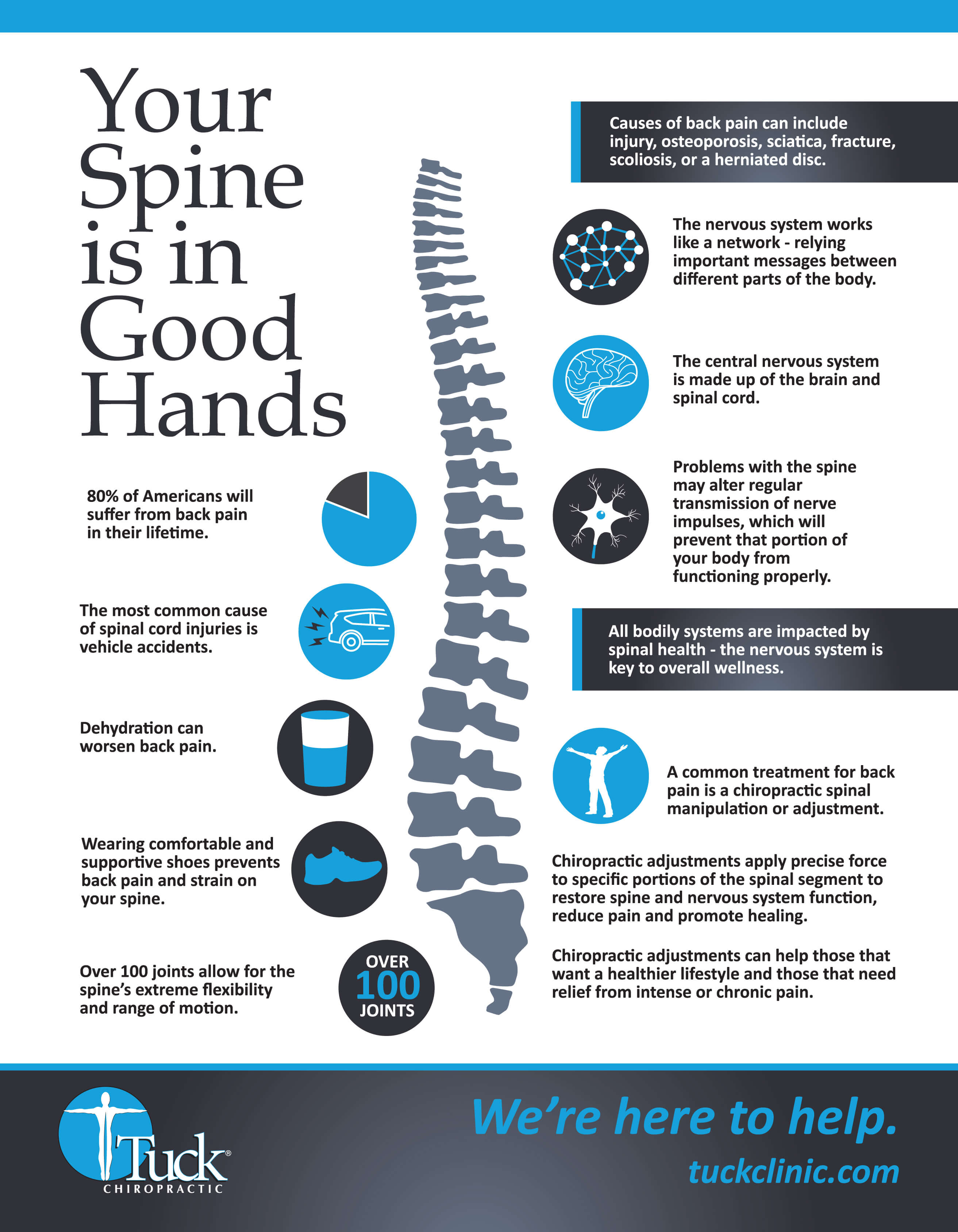The Duty Of Position In Pain In The Back: Tips For Getting And Maintaining Good Positioning Throughout Your Day
The Duty Of Position In Pain In The Back: Tips For Getting And Maintaining Good Positioning Throughout Your Day
Blog Article
Article By-Conway Thaysen
Preserving proper position isn't almost staying up directly; it has to do with straightening your body in a manner that supports your back and decreases the threat of neck and back pain. The way you sit, stand, and move throughout the day can significantly affect your spine health and wellness. But how exactly can you guarantee great positioning constantly, even during active days filled with different tasks? Allow's delve deeper right into the refined yet impactful changes you can make to your everyday routine to maintain your back happy and healthy and balanced.
Importance of Proper Position
Appropriate pose is vital in maintaining a healthy and balanced back and protecting against pain. When you sit or stand with good posture, your back is in positioning, decreasing strain on your muscular tissues, tendons, and joints. This placement enables the body to disperse weight evenly, protecting against too much stress on particular locations that can lead to discomfort and discomfort. By maintaining your spinal column properly aligned, you can additionally improve your breathing and food digestion, as slouching can press body organs and limit their performance.
In addition, keeping good posture can improve your total look and confidence. When you stand tall with your shoulders back and head held high, you exude confidence and show up even more friendly. Excellent pose can also make you feel much more invigorated and alert, as it promotes appropriate blood flow and enables your muscles to work successfully.
Including appropriate position into your day-to-day routine, whether resting at a desk, walking, or exercising, is vital for avoiding back pain and advertising overall health. Keep in mind, a little adjustment in how you hold yourself can make a significant distinction in how you feel and operate throughout the day.
Common Postural Mistakes
When it comes to preserving good posture, several people unconsciously make usual errors that can add to neck and back pain and discomfort. Among one of the most common mistakes is slouching or hunching over while resting or standing. This position puts too much strain on the spinal column and can result in muscle mass discrepancies and pain in the long run.
An additional usual mistake is overarching the lower back, which can squash the natural curve of the back and create pain. In addition, crossing legs while sitting may really feel comfy, but it can create an inequality in the hips and hips, leading to postural problems.
Making use of a pillow that's as well soft or too firm while resting can likewise affect your positioning and contribute to pain in the back. Last but not least, frequently craning your neck to look at displays or readjusting your placement frequently can stress the neck and shoulders. Bearing in mind these typical postural mistakes can aid you preserve far better placement and lower the danger of neck and back pain.
Tips for Correcting Alignment
To boost your positioning and decrease pain in the back, it's essential to focus on making small modifications throughout your daily routine. Start by bearing in mind your pose. When resting, guarantee your feet are level on the flooring, your back is straight, and your shoulders are kicked back. Prevent slouching or leaning to one side. Usage ergonomic chairs or paddings to sustain your reduced back.
When standing, disperse your weight equally on both feet, maintain your knees a little curved, and tuck in your pelvis. Engage your core muscle mass to support your spine. Take https://www.chiroeco.com/professional-physical-therapy/ to stretch and walk around if you have a sedentary task. Include exercises that reinforce your core and back muscular tissues, such as planks or bridges.
While sleeping, utilize view that supports the natural contour of your neck to maintain appropriate spine alignment. Prevent sleeping on your stomach, as it can stress your neck and back. By bearing in mind these pointers and making small changes, you can progressively remedy your positioning and minimize back pain.
Final thought
Keep in mind, maintaining excellent stance is essential to preventing pain in the back and promoting back health. By bearing in mind your placement, distributing weight evenly, and engaging your core muscular tissues, you can minimize pressure on your back and minimize the danger of pain and injury. Incorporate ergonomic support, take regular breaks to stretch, and reinforce your core and back muscle mass to maintain correct placement throughout the day. Your back will certainly thank you for it!
